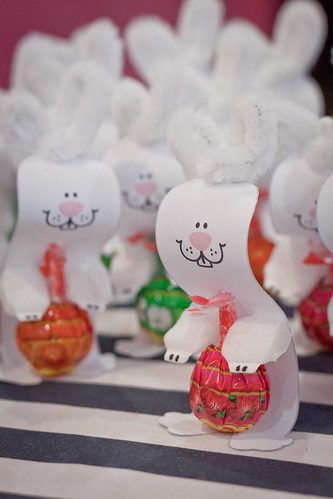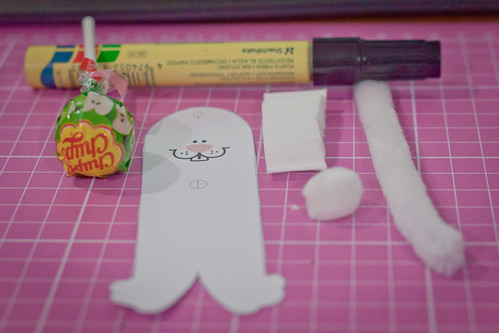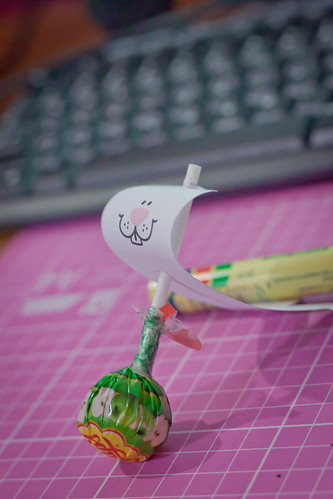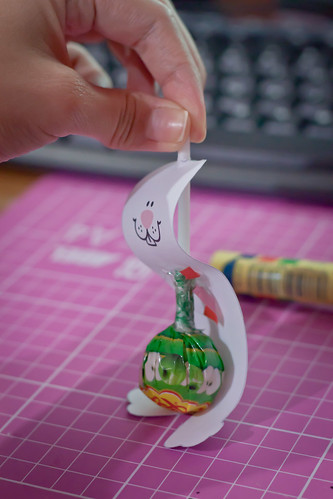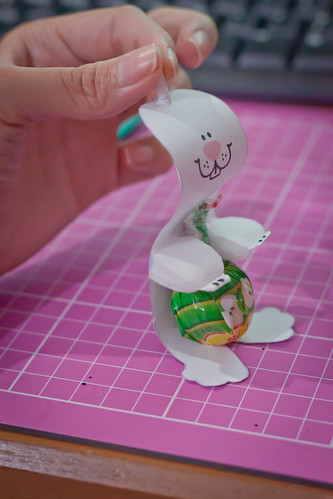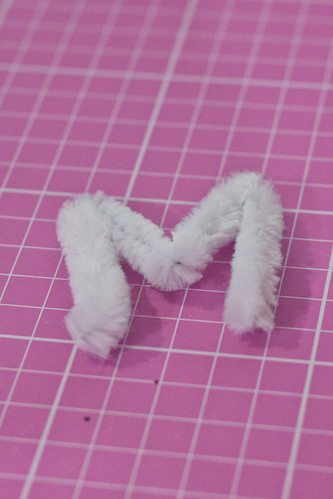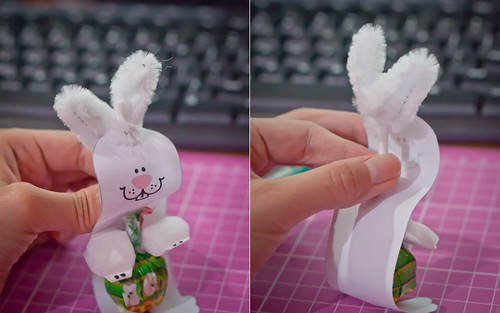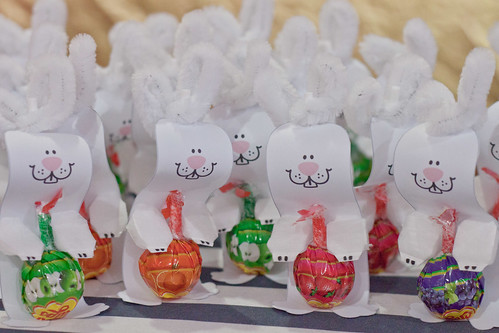
So it's with controlled optimism that the darling and I join some mates for a dim sum brunch/lunch at Yan Ting - St. Regis Singapore's Chinese restaurant. There's an all-you-can-eat option available, but at over SGD100 after taxes we decide to go ala-carte instead.

(side note ... these candied almonds are delicious).
Being a restaurant in a 5-star hotel, there's no pushcart being pushed around the room (your food is steamed only upon order) and you don't have to pour your own tea, but other than that the staple of dim sum baskets available on offer are quite standard fare. There's the usual culprits like Siew Mai, which was pretty good and Hong Kong-sized (i.e. Large), and the sort-of-miserably-small Har Gao ... and other assorted dumplings.


And if you're wondering why I haven't added the Chinese words, it's because me semi banana / twinkie and I don't want to end up putting the wrong words :P
I'm not sure how long the Lou Sar Bao (Steamed Custard Bun) has been available on our shores ... I'd never even known it existed until I was introduced to it by a mate in a Hong Kong dimsum place 2-odd years back. Since then it seems every single dim sum place serves it.


The darling and I also thought that the Char Siu Sou and Egg Tarts were very good! The egg tarts, especially so (if perhaps a tad bit on the sweet side).


... we weren't as convinced by the Fried Carrot Cake and the Chee Cheong Fun though. The noodle roll in particular was strangely ... lukewarm, which put it in stark contrast with the rest of the piping hot, freshly steamed goodies.


We thought that the dim sum overall was pretty solid. And the prices, considering the surroundings, was pretty reasonable as well - we clocked in at SGD26/person. We haven't eaten at any of the other famous dim sum places in Singapore yet, though, so we can't really make judgement as to whether Yan Ting lives up to its' reputation, but as long as you're not too picky an eater you would probably be at least satisfied.
Know of any other "die die must try" dim sum places in Singapore? Let us know in the comments and we'll go take a look!
Yan Ting is in The St. Regis Singapore, on Tanglin road. It's sort of walking distance from the Orchard MRT station (maybe 20 minutes?), or you could just drive or take a cab. Non-halal.


























